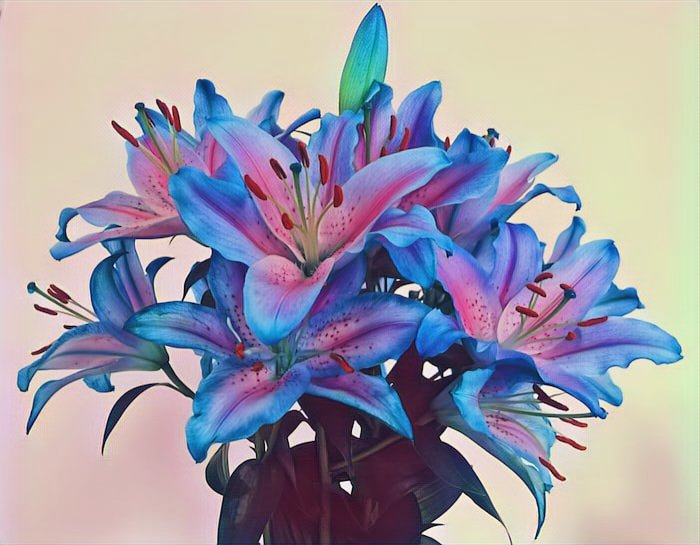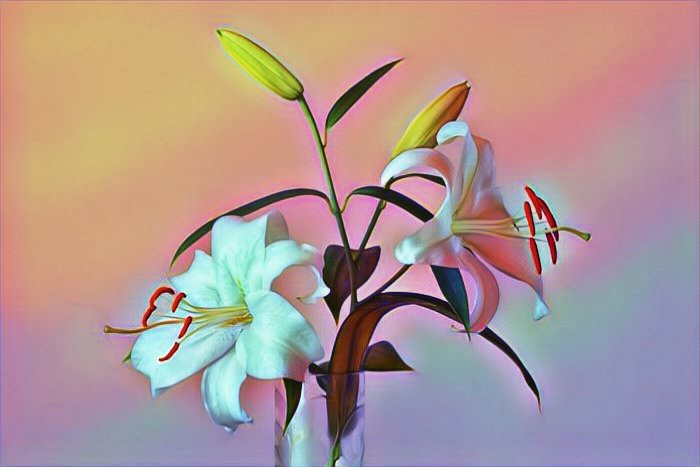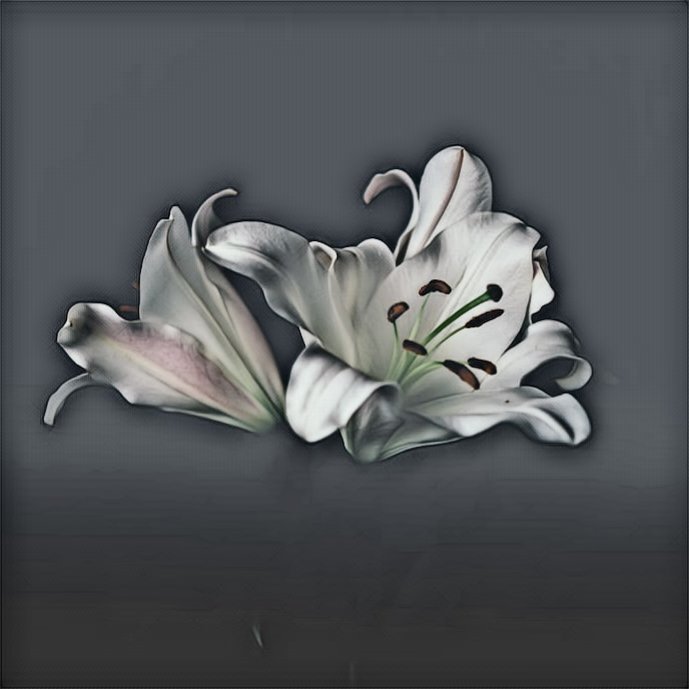The history of the lily flower spans many centuries and civilizations, with each culture ascribing its own significance and symbolism to this elegant bloom.
Origin & Etymology
Lilies are believed to have originated in the temperate northern hemisphere of Asia and Europe. The word "lily" comes from the Latin "lilium" and Greek "leirion," which likely referred to the white Madonna lily (Lilium candidum), a symbol of purity.
Ancient Civilizations
In ancient Greece, the lily was associated with Hera, the queen of the gods, and was said to have arisen from drops of her breast milk as they fell to Earth during the creation of the Milky Way. The Greeks held the lily as a symbol of purity and marriage.
In Egypt, lilies were used in funerary ceremonies to symbolize the restoration of innocence after death.

Biblical References
Lilies are mentioned in the Bible and are often interpreted as symbols of beauty and love. In the Song of Solomon, the beloved is compared to a "lily among thorns." The Sermon on the Mount also references lilies, suggesting one should "consider the lilies of the field, how they grow; they toil not, neither do they spin."

Medieval Times
During the Middle Ages in Europe, the lily symbolized the Virgin Mary's purity and was a common decorative motif in religious art.
The Fleur-de-Lis
The fleur-de-lis, a stylized lily, became associated with French royalty in the 12th century, symbolizing light and purity. It remains an enduring symbol of France today.
Victorian Language of Flowers
In the Victorian era, the language of flowers became a popular means of communication where each flower was assigned a specific meaning. Lilies, depending on their type, could signify purity, majesty, or wealth.
Modern Symbolism
Today, lilies are still rich in symbolism. The white lily often represents chastity and virtue, whereas the tiger lily can represent wealth and pride. Lilies are also commonly used in funerals as symbols of the soul returned to a state of innocence.

Cultural Significance
In China, lilies are used in weddings because they are tied to 100 years of love. They are also said to bring sons to newlywed couples.
Horticultural Development
Over the centuries, horticulturists have bred many different varieties of lilies, with a multitude of colors, shapes, and sizes. The interest in hybridizing lilies peaked in the 20th century, leading to the creation of many of the modern cultivars we see today.
Lilies continue to be a popular choice for gardens and floral arrangements around the world, carrying with them millennia of history and a diverse set of meanings and symbols.
All Photo Editing PicsArt